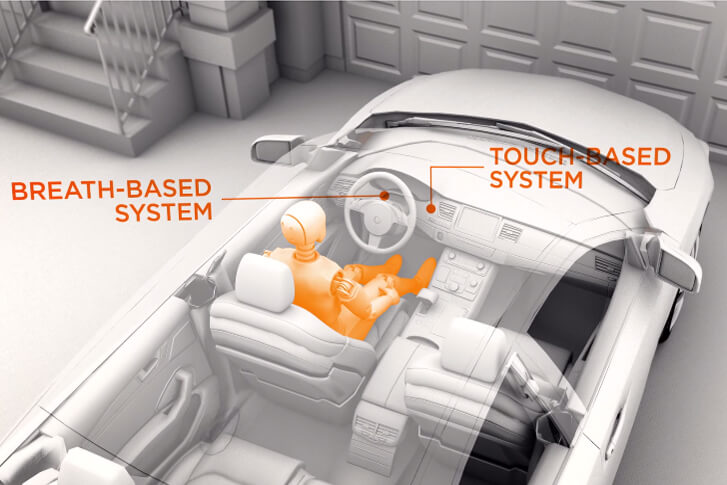
In the near future, autonomous cars will not start if they detect that the drink-drive limit has been exceeded. Most of the accidents on the roads happen when either driver gets drunk behind the wheel.
In UK alone, more than 3,000 casualties happen each year and the reason is just one, drivers were over the legal drink limit. Safety departments all around the world are working on some sort of solution to prevent this from happening or at least, minimise the number of fatalities. Luckily, a system has been developed and it is hoped that soon it will be implemented in all the vehicles around the globe.
Luckily, a system has been developed and it is hoped that soon it will be implemented in all the vehicles around the globe.
Who developed this system and how it works?
With a consortium of car manufacturers like Ford, GM and Volkswagen, the US National Highway Traffic Safety Administration (NHTSA) has developed this drive prevention system for drunk drivers, named Driver Alcohol Detection System for Safety (DADSS).
A prototype vehicle which is fitted with new Driver Alcohol Detection System for Safety technology has been recently displayed by National Highway Traffic Safety Administration. There is a steering wheel-mounted breathalyser and an engine start button.
This technology operates as passive systems, detecting alcohol level as the driver presses a button, breathes normally or holds the wheel. If the level is high, the car just won’t start at all.
Will it be compulsory for every vehicle?
The agency is not forcing the technology to be set as standard in all vehicles, but in the next five years, it expects the technology to be offered as an option in all vehicles. Prototype government vehicles will be the first to get this system. As an alcohol-detecting engine start button, this technology could be built into driving experience and become standard within commercial vehicles.
What the authorities have to say about it?
Mark Rosekind, an NHTSA spokesman, said: “Driver Alcohol Detection System for Safety has enormous potential to prevent drunk driving in specific populations such as teen drivers and commercial fleets, and making it an option available to vehicle owners would provide a powerful new tool in the battle against drunk driving deaths.”
Transportation Secretary Anthony Foxx stated that the drunk driving fatalities have been reduced dramatically with the help of education, awareness and enforcement, but with the help of DADSS, we will be able to save even more precious human lives.
It will take much longer for private vehicles to get this technology into use, but for more than a decade, auto makers like Toyota and others have been working on their own systems.


